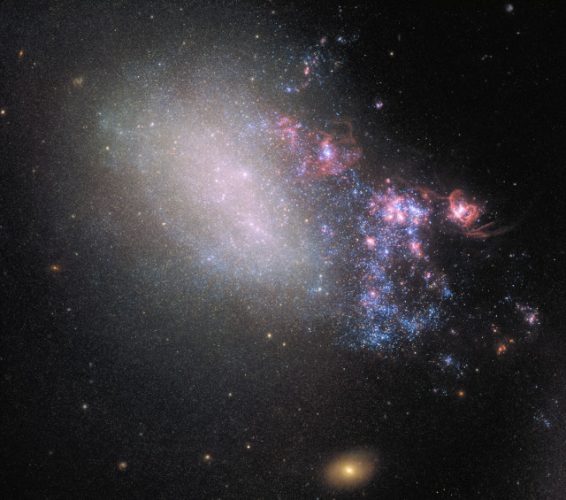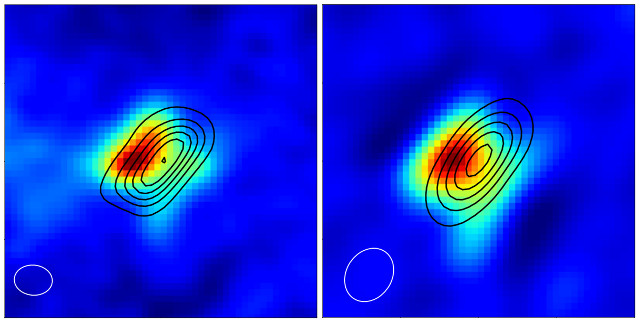
New clues to the origin of fast radio bursts in neutron stars
An article published in the journal “Astronomy & Astrophysics” reports a study of the data about 43 fast radio bursts (FRBs) that offers new clues to their origin in neutron stars. A team of Italian researchers associated with the National Institute of Astrophysics used observations made with the ASKAP and Parkes radio telescopes, adapting a test from the 1960s to try to establish their distribution by comparing it with that of stars. The results gave some surprises and are not conclusive, but a method was offered that could be the key to solving the mystery for good.





